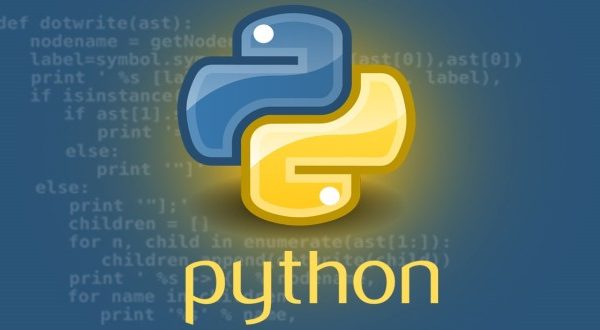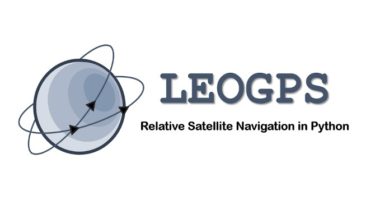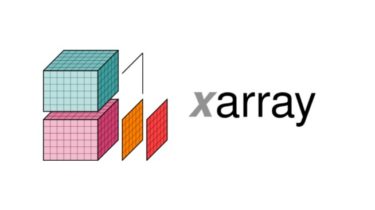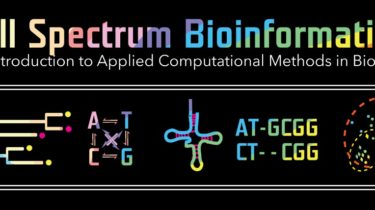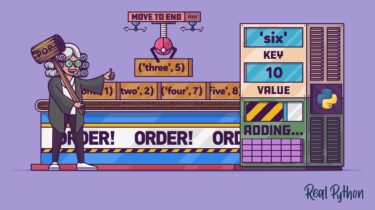Python Community Interview With Will McGugan
Today I’m joined by Will McGugan. Will is a freelance Python developer based in Scotland and the creator of the popular Python library Rich. In this interview, we discuss the origins of Rich, what it’s like to maintain a popular Python package, building chess engines, and Will’s love of photography. Ricky: Thanks for joining me for this interview, Will. I’d like to start in the same manner we do with all our guests: how did you get into programming, and […]
Read more
